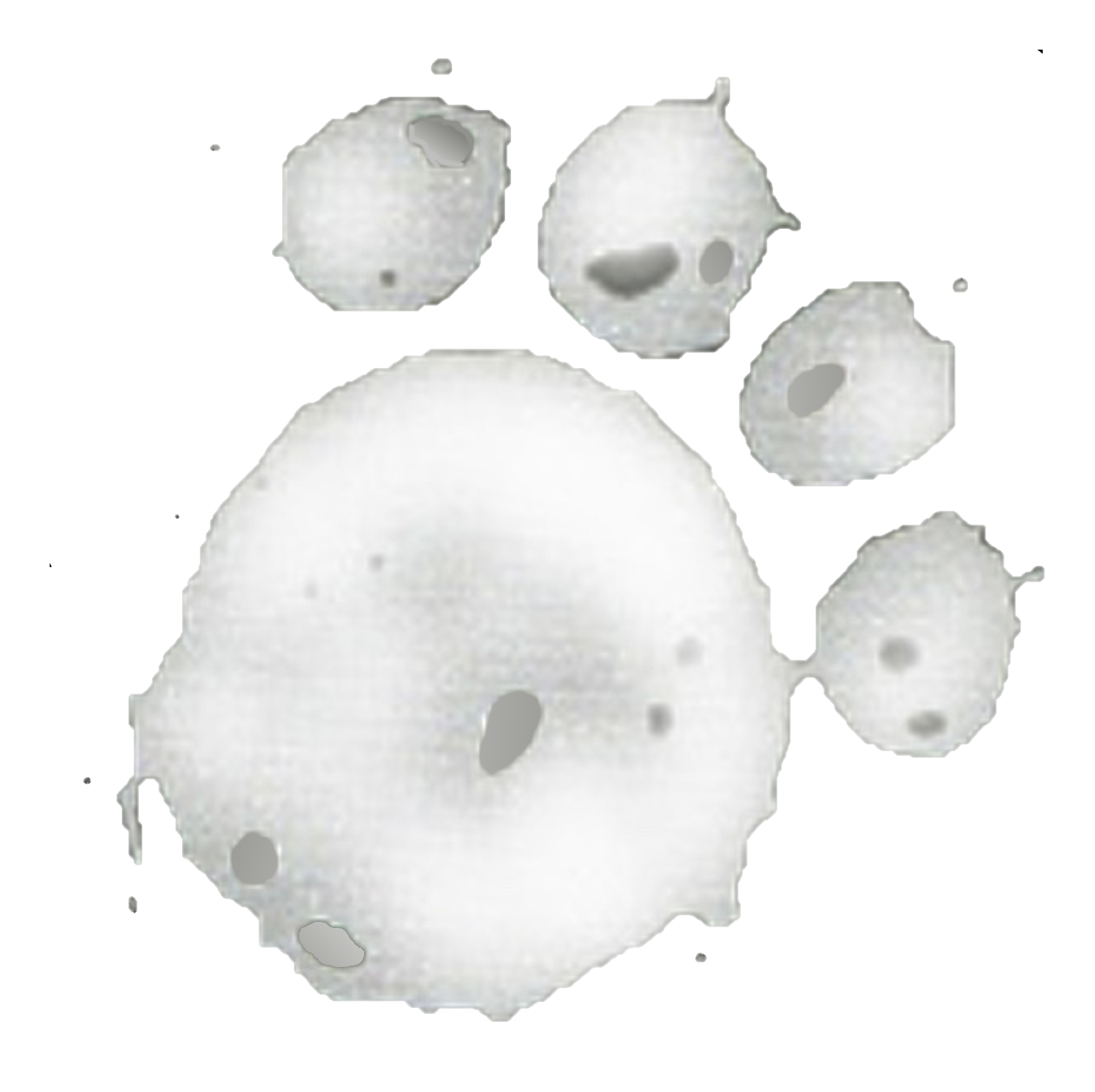FAQs
About Our Training
- When Should I Start Training?
Right away! The sooner you learn the correct methods, the faster you can communicate with your dog and get the desired behaviors.
Training a younger puppy is easier; habits (both good and bad) can be formed in as little as 2-3 weeks. As soon as you get a new dog or puppy, whether you know it or not, training has already begun. So the sooner you start teaching your new family member – the better!
Ideally, training would start with an In-Home Visit the first week or two after getting a new puppy or adult dog. Training will be a breeze once you learn our methods and create the right environment for success! Follow-up visits, Group classes, and even Online Coaching can help with socialization and any problem areas that arise and will help to maintain follow-through.
About Colorado Top Dog
- I Have Two Dogs. Does Training Them Both Cost More?
If you’d like to have a private training session, there is no extra cost for having more than one dog! Our packages are priced according to the time we spend working with you. Of course, you may need more time if you have two dogs with different issues.
However, if you’d like to register for a group class, we do require reservations for each dog as we intentionally keep class sizes small.
- Do You Guarantee Results?
No, however, we can teach you how to better communicate with your dog and quickly and constructively help you teach your dog the rules of your home. Ultimately, it is up to you to track progress and practice your games and solutions. We can promise you this – if you stick to our training regimen and make sure that everyone in your household is consistent – you will see changes in your dog’s behavior.
- What Training Tools Do I Need?
We ask that all clients have a six-foot leash, a collar, and treats on hand. A crate and training gates may be needed for younger puppies or newly adopted dogs. If we are working on leash walking and off-leash recall, we recommend a front-clip harness and an extra-long training leash (twenty-five feet or more).
- I Hear a Lot About Positive Reinforcement Training. Is That What You Do?
We use positive reinforcement and teach people how to stop unwanted behaviors using our system easily and productively.
Our methods are (1) fear-free, (2) proven to work, and (3) easy to learn and use. We use family-friendly games and powerful solutions to address problem behaviors that anyone can learn. Techniques make sense and are easily repeatable by the average owner — even children have fun teaching their dog to be a Colorado Top Dog!
- How Do You Do It?
We have developed a way to help people communicate and understand their dogs better. Not only will you learn how to “Simply and Effectively” get your dog to listen to you, but our training solutions are also disguised as games your dog will love to play!
Colorado Top Dog’s methods rely on mutual understanding, motivation, and consistency to give your dog the choice to make the right decision. Using our methods, your dog will peacefully learn what you want him to do (or stop doing!).
- What Makes Colorado Top Dog Different From Other Dog Training?
Becoming your dog’s pack leader and consciously training him from the start will teach him confidence in you and improve your bond.
Colorado Top Dog training works with your dog’s instincts, not against them. Remove the stress and frustration of having a misbehaving dog by actively taking charge of the training. Your dog will know what to expect and learn to live harmoniously with you and your family.
Colorado Top Dog training is balanced. We teach you positive reinforcement, how best to reward and encourage good behaviors, and additionally how to interrupt and curb unwanted behaviors. Best of all, our methods work without scaring your dog or resorting to punishment!
We focus the training on you — the human. We want you to understand what methods work, what doesn’t (and why) and help you build a relationship with your dog based on mutual understanding, communication, and consequences.
